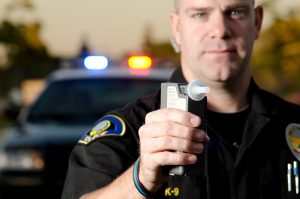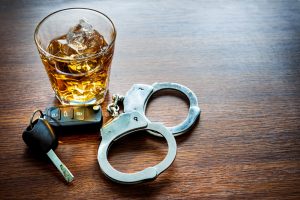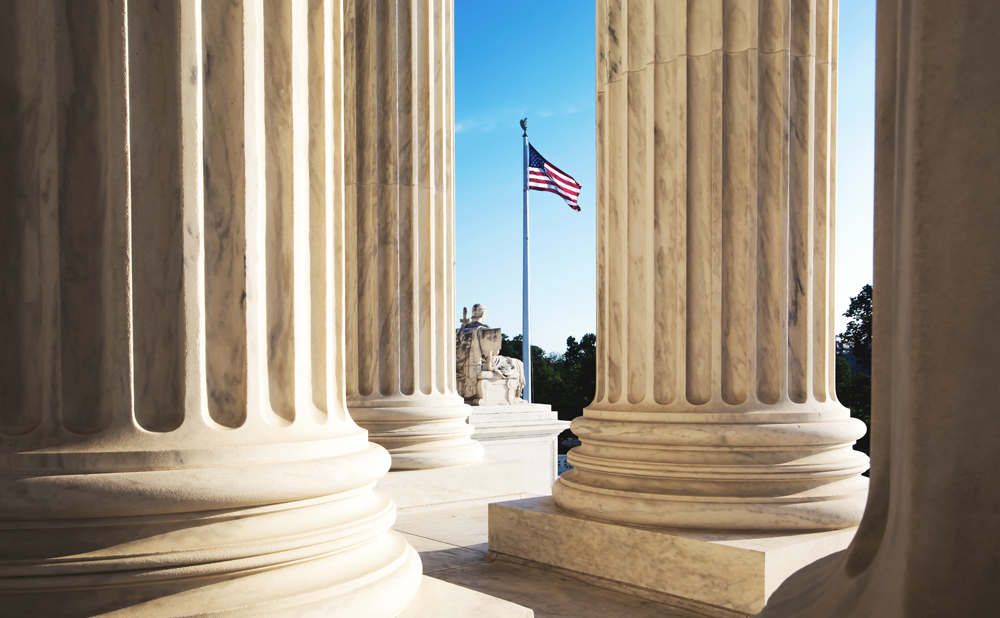For most of us, there has never been a time in our lives when driving while under the influence or intoxicated was legal; however, there was a time in America’s history where drinking and driving wasn’t an illegal activity. It wasn’t until 1910 that New York criminalized the act of driving while intoxicated; at this point in history “cars” had been around for almost 25 years. These first DWI laws are rudimentary when compared to the laws and penalties a person would face if they were charged with a DWI in Springfield today. In 1910 the DWI laws in New York “simply prohibited driving while intoxicated, but there was no set definition of what level of intoxication qualified as drunk driving” according to this article. Thus, being able to prove that a person was under the influence of alcohol or drugs was much more complicated than it is today.
Below you’ll find a summary of our Nation’s drunk driving history with critical points and dates that will help to explain how we went from simple, somewhat arbitrary DWI laws to the current laws that protect us today. But first, here is a quick break down of important dates in United States DWI Laws:
- 1910 New York became the first state to instate a law against drivers drinking.
- 1936 Dr. Harger invented and patented the Drunkometer, a device used to determine an individual’s level of intoxication.
- 1938 0.15 became the first widely accepted legal blood alcohol concentration limit.
- 1953 Robert Borkenstein invented the Breathalyzer.
- 1984 The National Minimum Drinking Age Act raised the legal drinking age to 21.
- 1998 The legal limit for blood alcohol concentration changed to .08.
- 2000 Congress adopted .08 BAC as the national illegal limit for impaired driving.
- 2012 Alabama became the last state to pass and execute an ignition interlock law for those arrested and/or convicted of impaired driving.
The Drunkometer (1936) & The Breathalyzer (1953)
Fueled by World War I, the prohibition began in 1920 and ended in 1933. Three years later, an Indiana University professor of toxicology and biochemistry, Dr. Harger, created and patented the Drunkometer. This balloon-like contraption worked much like the breathalyzer law enforcement personnel will administer if they have any reason to believe that a person is driving while intoxicated in Springfield. This apparatus would gauge the level intoxication when someone blew into it by mixing the air with a chemical liquid.
Two years later, a blood alcohol concentration (BAC) limit was put into place with the help of research performed by the National Safety Council and the American Medical Association. In 1938 the legal limit for a person’s BAC while they were operating a motor vehicle was 0.15% – that’s twice as much the legal limit today!
Less than 20 years after the Drunkometer was invented, Robert Borkenstein invented the Breathalyzer. A professor and former police captain, Borkenstein engineered this machine to determine alcohol concentration through photometry and chemical oxidation. It was no surprise that is device was a great deal more accurate than its predecessor, the Drunkometer.
Mothers Against Drunk Driving (1980)
Unfortunately, before Mothers Against Drunk Driving (MADD), was founded the United States’ attitude towards drinking while driving was much more cavalier than it would be today if you were charged in Springfield for a DWI. Candy Lightner, who founded MADD after her 13-year-old daughter was killed by a drunk driver who had three previous DUI convictions helped to shape America’s attitude towards driving while intoxicated. According to this article, Lightner helped to create more stringent legislation for drunk driving across the United States and increased the legal drinking age to 21 in 1984 by shining light on this devastating action. When this group was founded in 1980, over 21,000 people were being killed due to drunk driving related crashes every single year.
0.08% Laws (2000)
As of 2000, Congress adopted the national limit for illegal impairment to be 0.08%. This legislative decision was thanks in part to the TEA-21, which was a new Federal incentive grant that was designed to inspire all 50 states to adopt the.08 BAC illegal per se level. What this means is that no matter where you are driving in the United States, if your BAC is .08% or higher, you’re breaking the law.
Driving While Intoxicated in Springfield, MO (2019)
As of 2019, Missouri’s DWI laws are a far cry from the first laws that were put into place back in 1910. Knowing America’s drunk driving history is important to understand, especially when you consider how effective MADD was for our current legislation. It’s estimated that MADD has been able to save over 350,000 lives since they were founded. With such serious consequences resulting from driving while intoxicated in Springfield and across the country, it’s no wonder that the penalties for breaking this particular law have increased substantially over the last 100 years. If a person is charged and convicted with a DWI in Springfield as a first-time offender, he or she can expect the following penalties:
- Up to 6 months imprisonment.
- License suspension up to 90 days.
- A fine of $500.
- Alcohol treatment/addiction evaluation programs.
- Depending on the severity, an Ignition Interlock Device (IID) may be fitted to your car (not usually issued for first-time offenders).
In addition to these apparent penalties, there are some additional consequences that many people don’t consider but are just as, if not more, severe as the legal penalties they may face. These include but are not limited to:
- Increased insurance rates
- Revoked driving privileges
- The potential loss of employment
- Criminal Record
- Difficulty getting loans for school, homes or cars
If you are facing driving while intoxicated in Springfield charges, your best defense to getting the charges either removed or reduced is by hiring a DWI attorney. Contact DWI Springfield today to schedule a no-obligation consultation to discuss the possible defense strategies that may be used to help you win your case. Everybody makes bad decisions now and then – don’t let your DWI ruin your life. Let our experienced, aggressive criminal defense attorneys fight for you.
